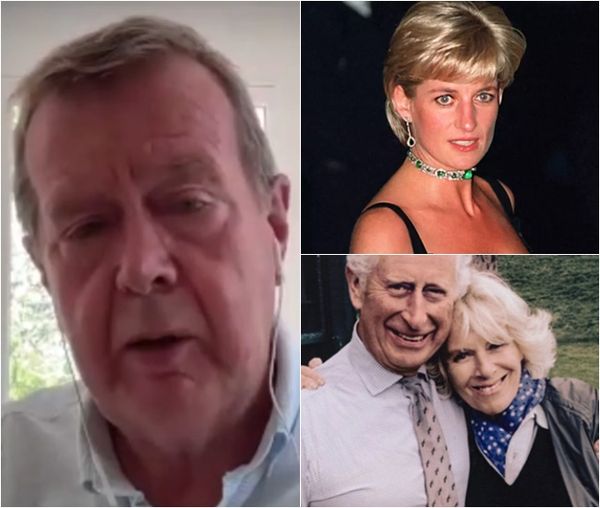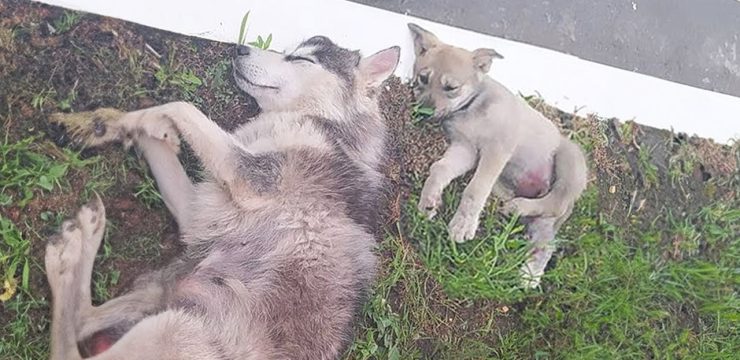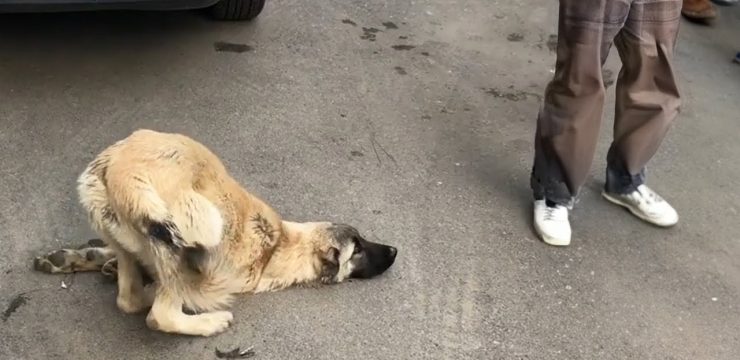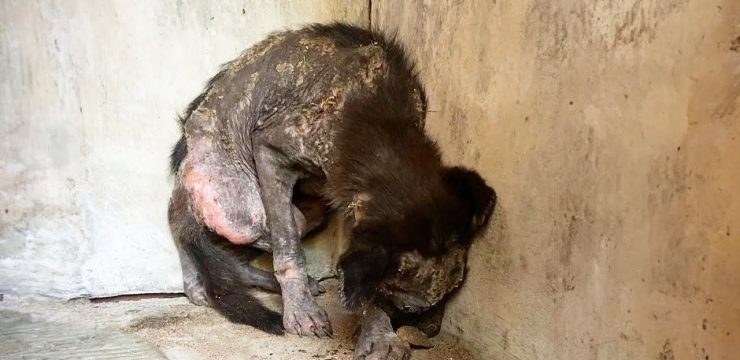It’s been nearly three decades since the tragic death of Princess Diana, yet the pain and mystery surrounding that fateful night in Paris still linger. For millions around the world, her passing wasn’t just the loss of a royal — it was the loss of an icon, a humanitarian, and most heartbreakingly, the mother of two young boys. What if things had played out differently? What if the choices that night had been made more carefully? According to Ken Wharfe, Diana’s former personal protection officer, three key failures led directly to her death, and he believes her life could have been spared.

Ken Wharfe served as Diana’s bodyguard from 1987 to 1993, and his memories of her are still vivid. He recalls her warmth, her sense of humor, and her ability to make anyone feel at ease — a rare quality for someone under such intense global scrutiny. From the very first time he met her, Wharfe could tell Diana was unlike anyone else in the royal family. “As I walked into the room, I was introduced, and Diana said, ‘I don’t envy you, Ken, looking after my kids. They can be a bloody nuisance,’” Wharfe shared. Just then, young William spun around from the piano and corrected her, “No, we’re not a bloody nuisance!” as Harry toppled off a table nearby. Diana quickly scooped them both up and scolded them playfully. Wharfe hadn’t even had the chance to speak. “You see what I mean, Ken?” she said with a grin. In that instant, the formality dissolved. He wasn’t talking to a princess — he was speaking to a mother, a woman, a person you could genuinely relate to.
That humanity, Wharfe says, was the core of Diana. She could be playful and fun but also deeply empathetic and, at times, profoundly sad. Despite her global fame, she remained grounded. However, Wharfe believes that the night of August 31, 1997, could have ended very differently if not for a series of disastrous decisions.
One of the most glaring failures, he argues, was the decision to let Henri Paul drive the car. That night, Diana and her companion, Egyptian film producer Dodi Fayed, planned to travel a short distance from the Ritz Hotel to an apartment near the Champs-Elysées. Paul, the Ritz’s security chief, had been called in to drive them — despite having consumed alcohol earlier that evening. Also in the car was Dodi’s bodyguard, Trevor Rees-Jones, the only survivor of the crash.
Paul drove at dangerously high speeds through Paris, ultimately losing control and crashing into the 13th pillar of the Pont de l’Alma tunnel. Tests later showed that Paul was well over the legal alcohol limit. For Wharfe, the tragedy was avoidable. “The one thing that would have saved Diana’s life that night would have been if they’d kicked out the chauffeur and for Rees-Jones to have driven,” he said. But Rees-Jones didn’t have the authority to challenge Dodi’s orders. “Had he taken that decision to boot out Henri Paul, you and I would not be having this discussion.”
Another fatal miscalculation, according to Wharfe, was the ill-conceived plan to evade the paparazzi. Diana and Dodi’s team decided to use decoy vehicles to distract the press. A Range Rover was positioned at the front entrance of the Ritz with Dodi’s regular driver behind the wheel, creating the illusion that the couple was leaving through the main door. Meanwhile, Diana and Dodi slipped out through the back, entering a black armored Mercedes driven by Henri Paul. This last-minute maneuver, designed to fool photographers, set in motion the deadly high-speed chase. Paul, already intoxicated, drove recklessly, and the pursuit ended in a devastating crash at speeds exceeding 60 mph.
Wharfe believes this attempt to outsmart the press was poorly executed and rooted in a lack of trust and cooperation. He’s convinced that had Dodi and Diana’s team worked with local French authorities — instead of trying to handle everything internally — the tragedy could have been entirely prevented. In his view, the press wasn’t the real enemy that night; the failure to follow established safety protocols was.
Perhaps the most heartbreaking decision of all, according to Wharfe, was Diana’s choice to cut ties with her official Scotland Yard security team. After her separation from Prince Charles in 1992, Diana eventually dismissed her royal protection detail. Wharfe remembers warning her strongly against it. “She said, ‘You’ve always been great with advice. If there’s one piece of advice you’d give me, what would it be?’” His response was firm: “Don’t lose the Scotland Yard security. We’ve given you freedom and bent rules to allow you the normalcy you’ve wanted. There’s no reason that can’t continue.” But Diana did not heed his advice. Four weeks later, she let them all go.
Wharfe still believes that if Queen Elizabeth had intervened and insisted that Diana retain her protection, she might have agreed. But without that push, Diana saw dismissing her security as a step toward independence. “You cannot force security on somebody,” Wharfe noted. “They have to say, ‘Yes, I’ll take it.’ But the fact that it wasn’t offered, this was her way of saying I want a new life.”
The death of Princess Diana rocked the world. Her funeral became one of the most-watched events in history, and the images of her crushed Mercedes remain among the most haunting visuals of the late 20th century. Even now, people continue to ask what could have been done differently. For Ken Wharfe, the answers are not elusive — they’re painfully clear. A different driver, better planning, and professional security could have saved her life. In his view, three critical failures sealed her fate. Do you agree with him?





